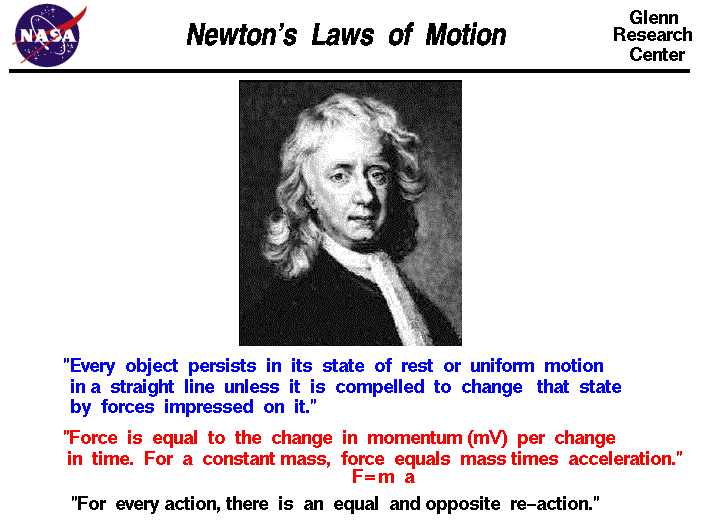As a result of this, all objects should have the same accelerate rate (same change in speed) and therefore when dropped from the same height, they should hit the ground at the same time. (Obviously when dropping a hammer vs a feather the hammer will hit ground first due to the high air resistance on earth) But the feather vs hammer drop experiment was confirmed during the Apollo mission. This theory also explained the elliptical motion of planetary rotation.
Although Newton's model of the universe is able to predict the motion and explain the motion on earth and in the solar system. But another problem arises... People don't understand rest any more. How can objects achieve a state of absolute rest? You may think that a brick siting on a table achieve absolute rest, but since it is on earth and earth is constantly self rotating and orbiting the sun that the brick is also moving with it. (It is only at rest because you being moved with earth, perceives the object as at rest). This fact bothered Newton very much as he believed in an absolute God. But objects can only have perceived rest and under no condition is an object in absolute rest (unless it is in an empty vacuum).
Everyone believed in absolute time. Obviously time would pass the same for everyone as everyone ages at the same time. This was true for normal objects. i.e. As a train is travelling, the ball's velocity to people on the train is zero but for people on the ground it is the ball's velocity is the velocity of the train. But a problem soon rise as when researchers start studying electromagnetic forces, they discovered that light (part of the electromagnetic waves) seem to have a constant velocity to all observers. (i.e. a light is shined on a travelling train but both the person on the train and the person off the ground see the light as traveling at the same velocity)
HOW IS THAT POSSIBLE? Turns out, time is not really absolute. and next post, I will explain the Einstein's discovery of theory of relativity!

No comments:
Post a Comment